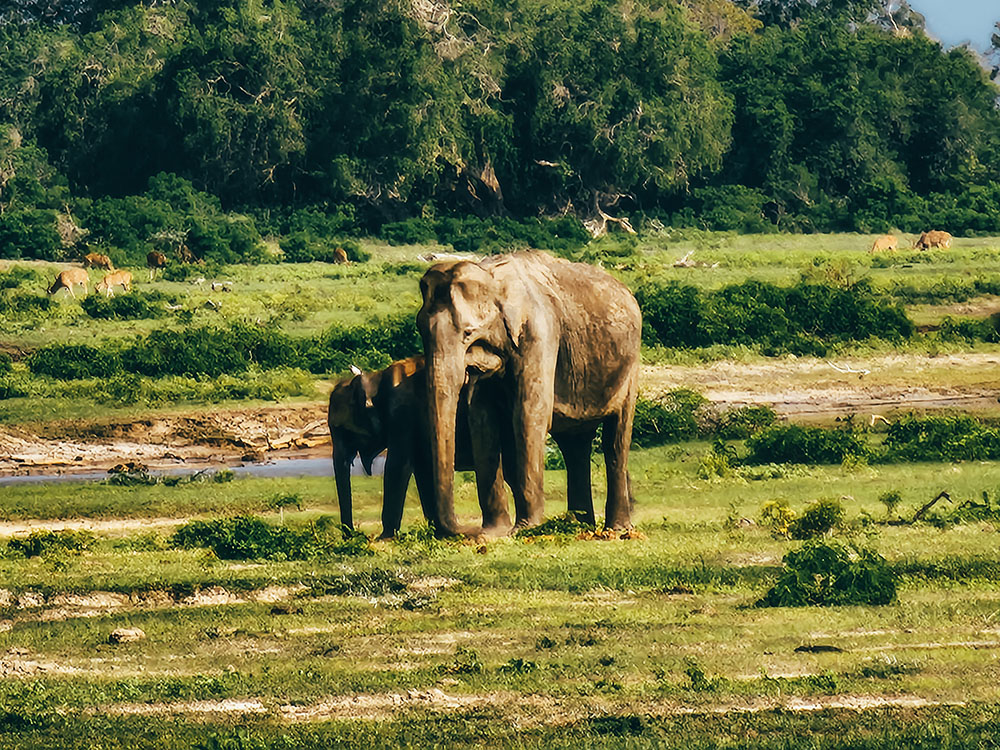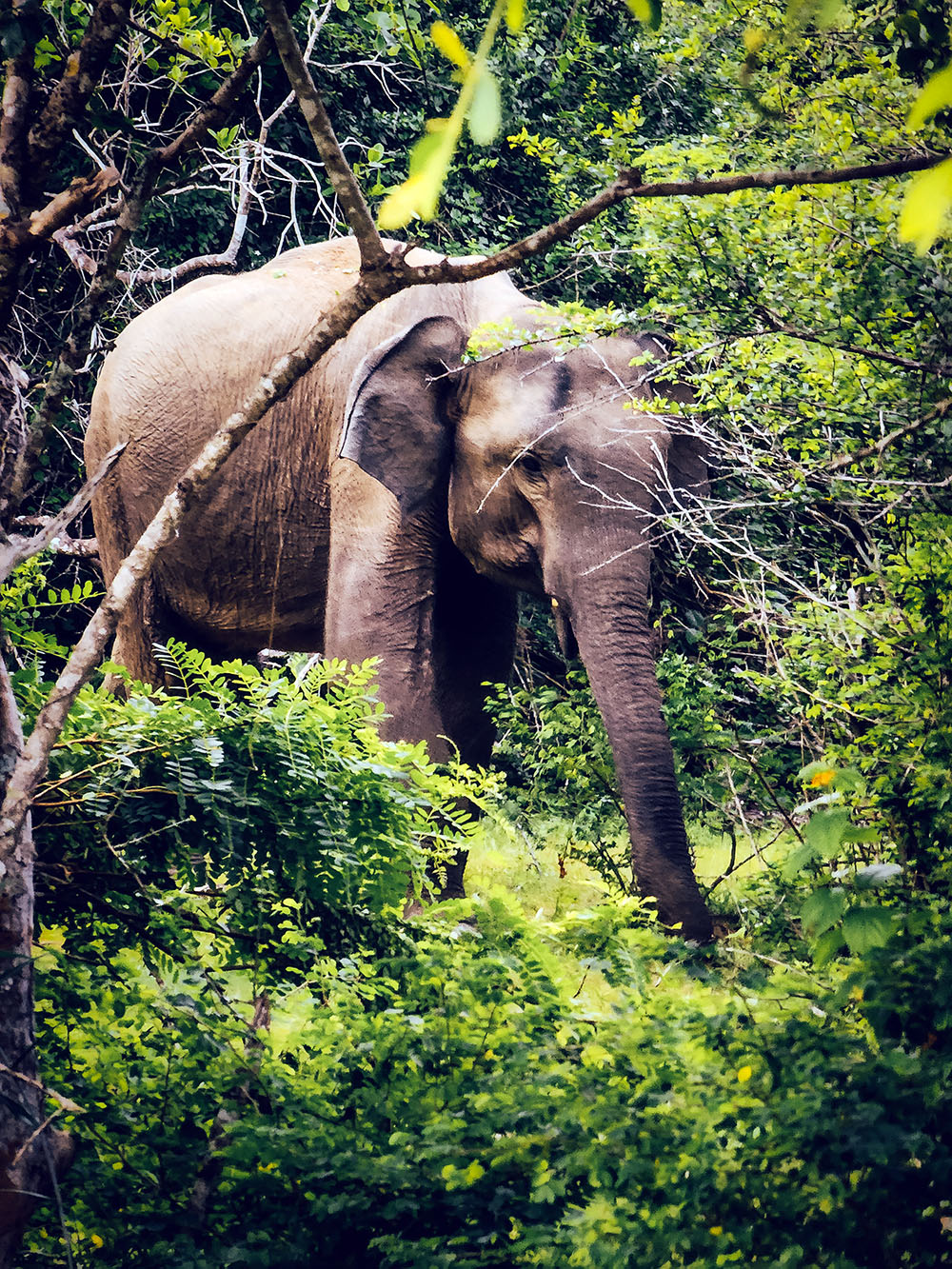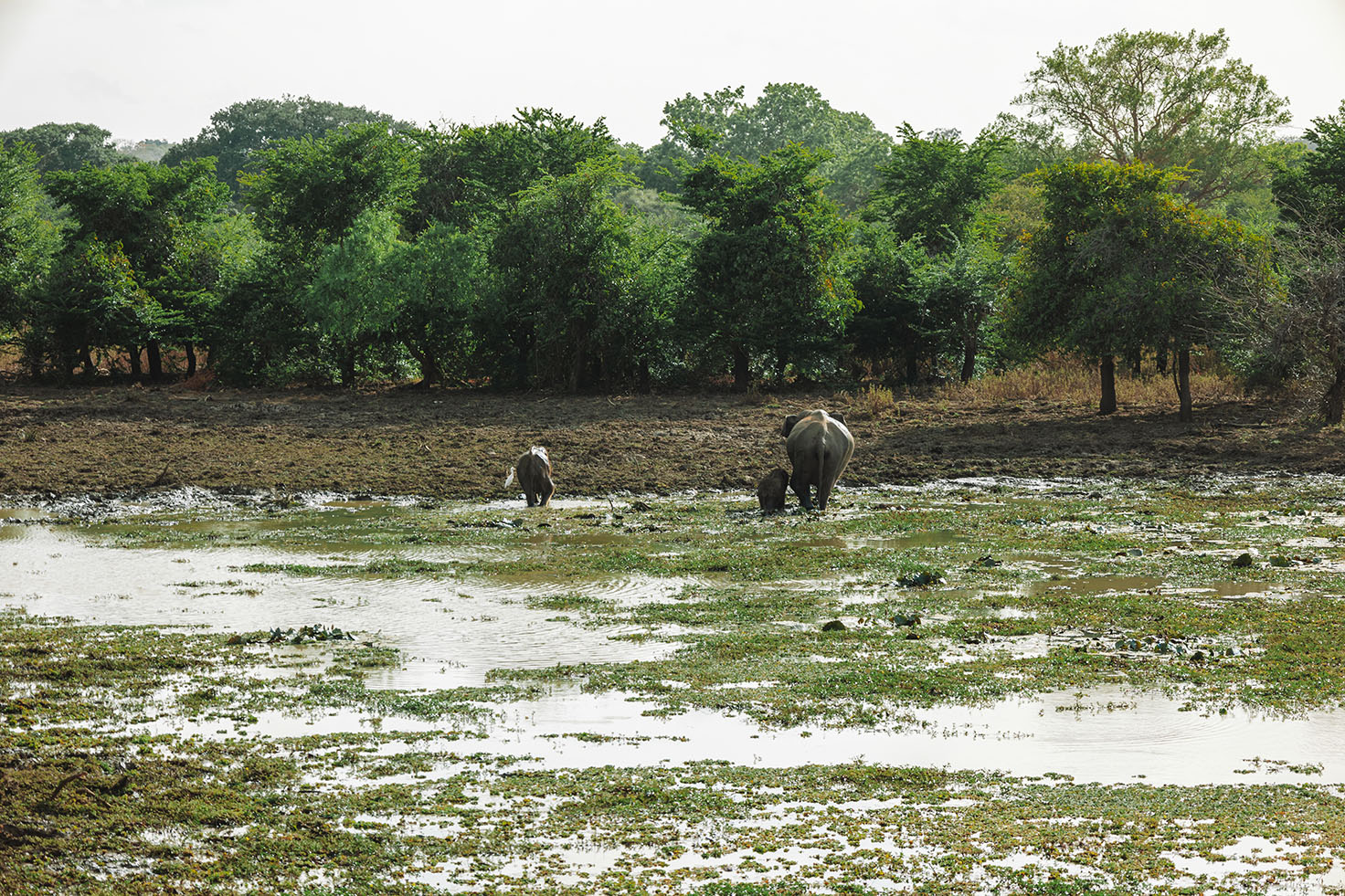Where Amenities Meet Nature’s Harmony:
Protecting wildlife, particularly elephants in Sri Lanka holds immense significance for several compelling reasons. Firstly, elephants serve as keystone species in the country’s ecosystem, influencing the distribution of plants and the behavior of other wildlife, thereby preserving biodiversity. Moreover, these majestic creatures bear deep cultural and religious importance in Sri Lanka, playing pivotal roles in various ceremonies and festivals and serving as a symbol of cultural heritage. Economically, elephants are a vital asset to the tourism industry, drawing visitors who contribute to local economies and livelihoods. As ecosystem engineers, they shape their habitats, creating water sources, dispersing seeds, and maintaining the landscape’s integrity. Additionally, by conserving elephant habitats, we indirectly contribute to global climate change efforts as forests sequester carbon dioxide.
This conservation effort not only mitigates human-elephant conflicts but also ensures genetic diversity, vital for long-term adaptability. Ultimately, safeguarding elephants is not only an ecological imperative but also an ethical responsibility, ensuring the well-being of our natural world for generations to come.


Unraveling the Enigma of Elephant Mortality:
Elephant deaths in Sri Lanka have been steadily increasing due to the unresolved human-elephant conflict, according to a senior wildlife official. Department of Wildlife Conservation (DWC) statistics reveal that within the first eight months of this year, 305 elephant deaths were recorded. Last year, 439 elephants died islandwide. This marks a troubling escalation from 2015, which saw 205 elephant fatalities. The situation paints a grim picture of the challenges facing Sri Lanka’s elephant population.
Tuskers and elephants in Sri Lanka face multiple threats. They are at risk of being shot, and some suffer fatal electrocution due to illegally installed electrical wiring. The use of hakkapatas, improvised explosive devices containing gunpowder, lead, and iron, shaped like firecrackers, further adds to the peril faced by these majestic creatures. Such crude devices are deployed unlawfully for poaching wild game, exacerbating the dangers faced by elephants.
A particularly distressing aspect of this crisis is the vulnerability of elephant calves. Approximately 54% of all elephant calves succumb to malnutrition within their first two years of life. This alarming statistic highlights the acute threat to the younger members of the elephant population, compounding the challenges faced by these creatures.
If the current trend of elephant mortality persists, experts warn that Sri Lanka’s elephants could face extinction within the next 25 to 30 years. Beyond the immeasurable ecological loss, there is also a significant economic dimension to consider. A wild elephant, allowed to live out its natural lifespan, is estimated to be worth an astonishing $11 million, considering its contributions to ecosystems, tourism, and various industries dependent on wildlife preservation. Urgent and comprehensive conservation efforts are needed to address the multifaceted threats facing these iconic creatures in Sri Lanka. Both local and international communities must collaborate to secure the futu
Our Commitment and Actions:
Tribe Yala is dedicated to the conservation of wildlife in the Yala region of Sri Lanka. We collaborate closely with rangers and naturalists. This partnership is driven by the shared goal of safeguarding Sri Lanka’s rich biodiversity. The Yala region is of particular significance due to its diverse and unique ecosystem, making it a focal point for conservation efforts. Together, we work collectively with rangers and naturalists towards activities such as wildlife monitoring, research and habitat restoration, all aimed at preserving Sri Lanka’s invaluable wildlife heritage for future generations.
This conservation effort not only mitigates human-elephant conflicts but also ensures genetic diversity, vital for long-term adaptability. Ultimately, safeguarding elephants is not only an ecological imperative but also an ethical responsibility, ensuring the well-being of our natural world for generations to come.

Guardians of the Wild: The Imperative to Preserve Elephants
In conclusion, the urgency to protect elephants reverberates through every facet of our natural world. These remarkable creatures, as architects of ecosystems, hold the key to preserving biodiversity, fostering ecological balance, and mitigating climate change. Their cultural significance and economic contributions further underscore their indispensable role in our shared heritage. By safeguarding elephants, we not only ensure the vitality of our natural landscapes but also honor our ethical obligation to protect the magnificent creatures that share our planet. It is a call to action, an anthem for conservation and a testament to the enduring beauty and interconnectedness of life on Earth. The time to act is now, for the benefit of generations to come.
